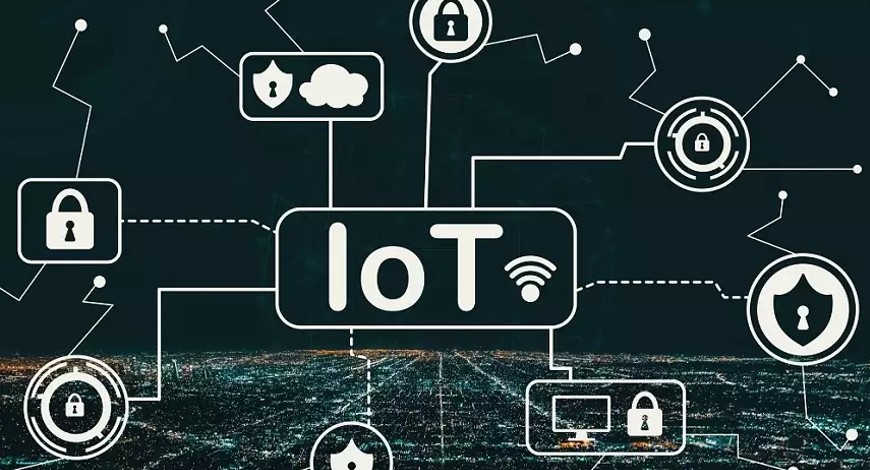Around 100 million 5G IoT connections are anticipated globally by 2026. According to Juniper Research research, there will be 116 million connections by 2026, up from 17 million in 2023.
The astounding 1,100% rise is anticipated to be driven by healthcare and smart city services.
One of the researchers, Olivia Williams, said: “5G will make it possible to provide healthcare that is more effective and dynamic, which was not possible with 4G or Wi-Fi.”
“Healthcare organizations must first roll out 5G in applications that offer a high return on investment, most notably connected emergency services.”
The pandemic exposed healthcare inefficiencies that can be fixed with Internet of Things (IoT) technologies.
Telemedicine, connected ambulances and emergency services, and real-time remote monitoring will benefit significantly from 5G IoT connections.
According to Juniper Research, there will be more than 60 million 5G connections for smart cities worldwide.
A crucial use case for the high-bandwidth cellular connectivity that 5G offers will be monitoring transportation networks, including the roads and rail networks.
The research urges authorities in city planning to use 5G as high-bandwidth gateways.














